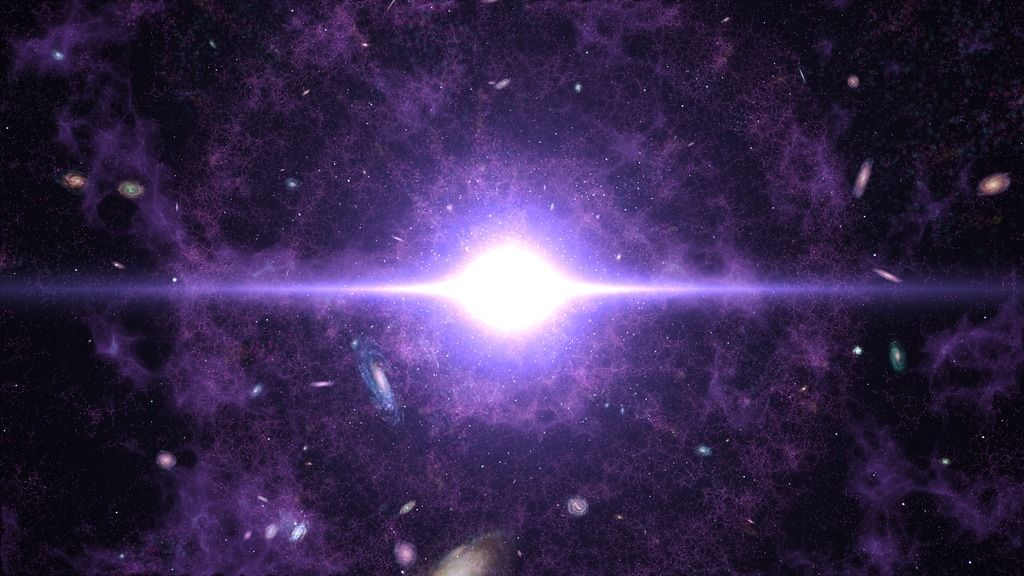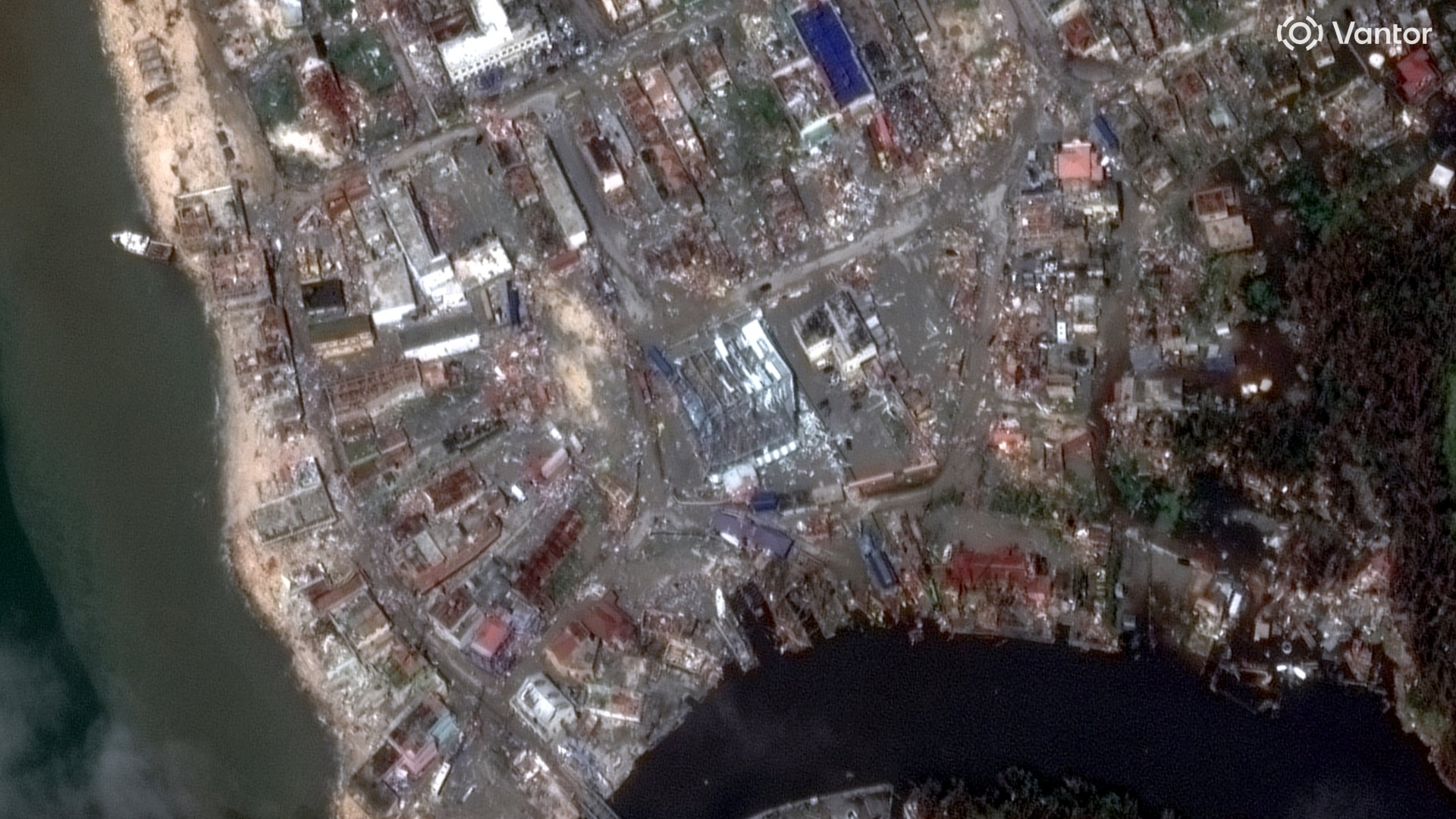Big Bang Theory: The latest science and discoveries
Join our Space Forums to keep talking space on the latest missions, night sky and more! And if you have a news tip, correction or comment, let us know at: community@space.com.
Latest about big bang theory
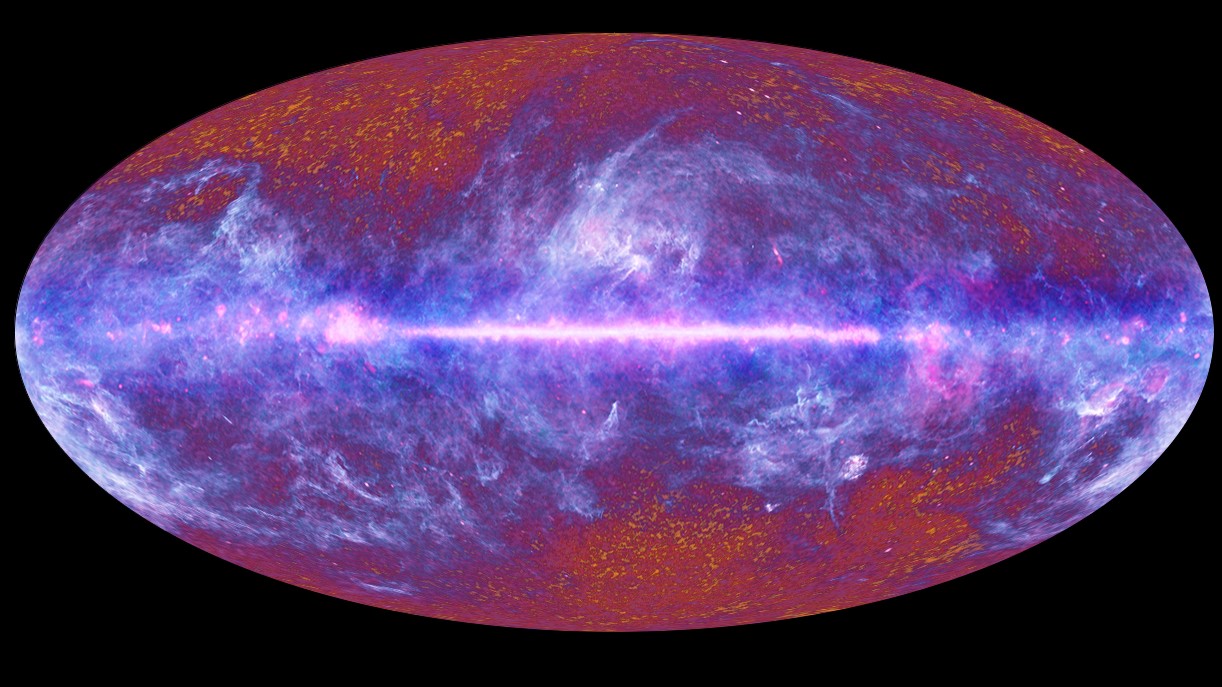
What is the cosmic microwave background?
By Elizabeth Howell, Daisy Dobrijevic published
Reference The cosmic microwave background (CMB) is primeval radiation emitted shortly after the Big Bang. Regarded as an 'echo' of the Big Bang, CMB fills the universe.

Inside All About Space issue 126: Complete guide to exoplanets
By Daisy Dobrijevic published
Inside the latest issue of All About Space is our complete guide to exoplanets where we peer into the most extreme alien worlds and hunt for Earth 2.0.
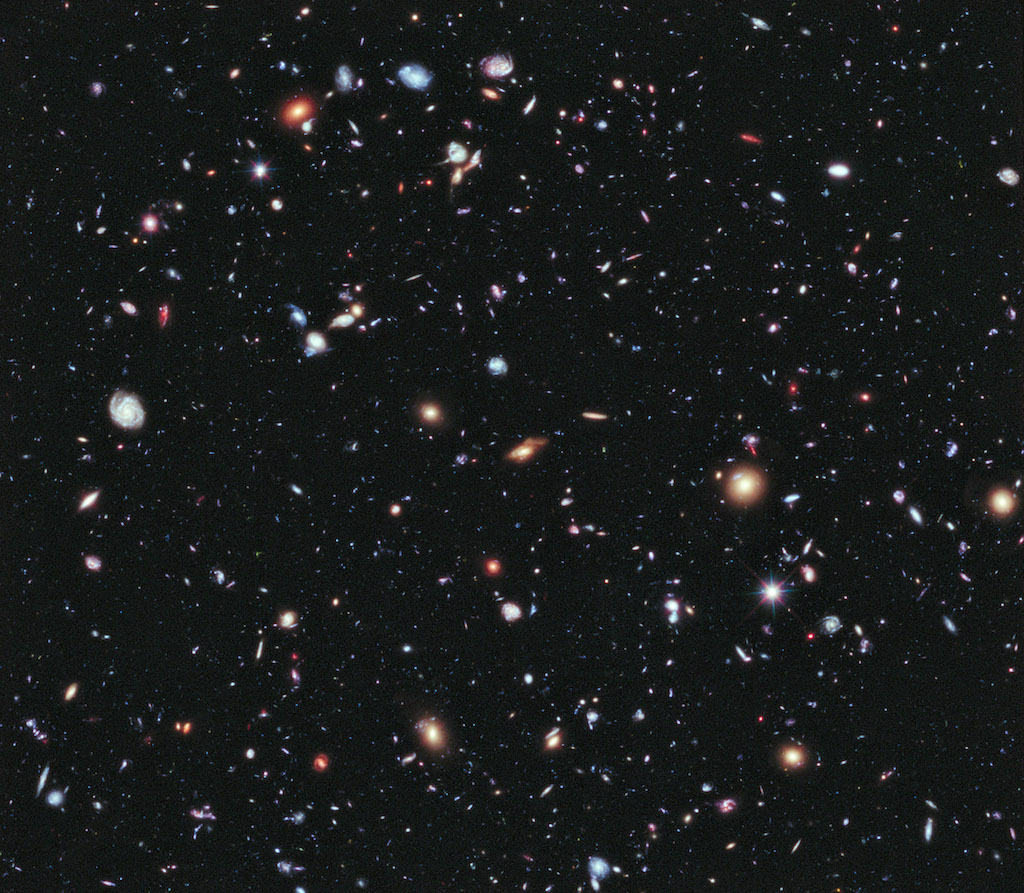
Do we live in a simulation? The problem with this mind-bending hypothesis.
By Paul Sutter published
Does the simulation hypothesis offer a compelling argument, or is it just interesting food for thought? Let's find out.
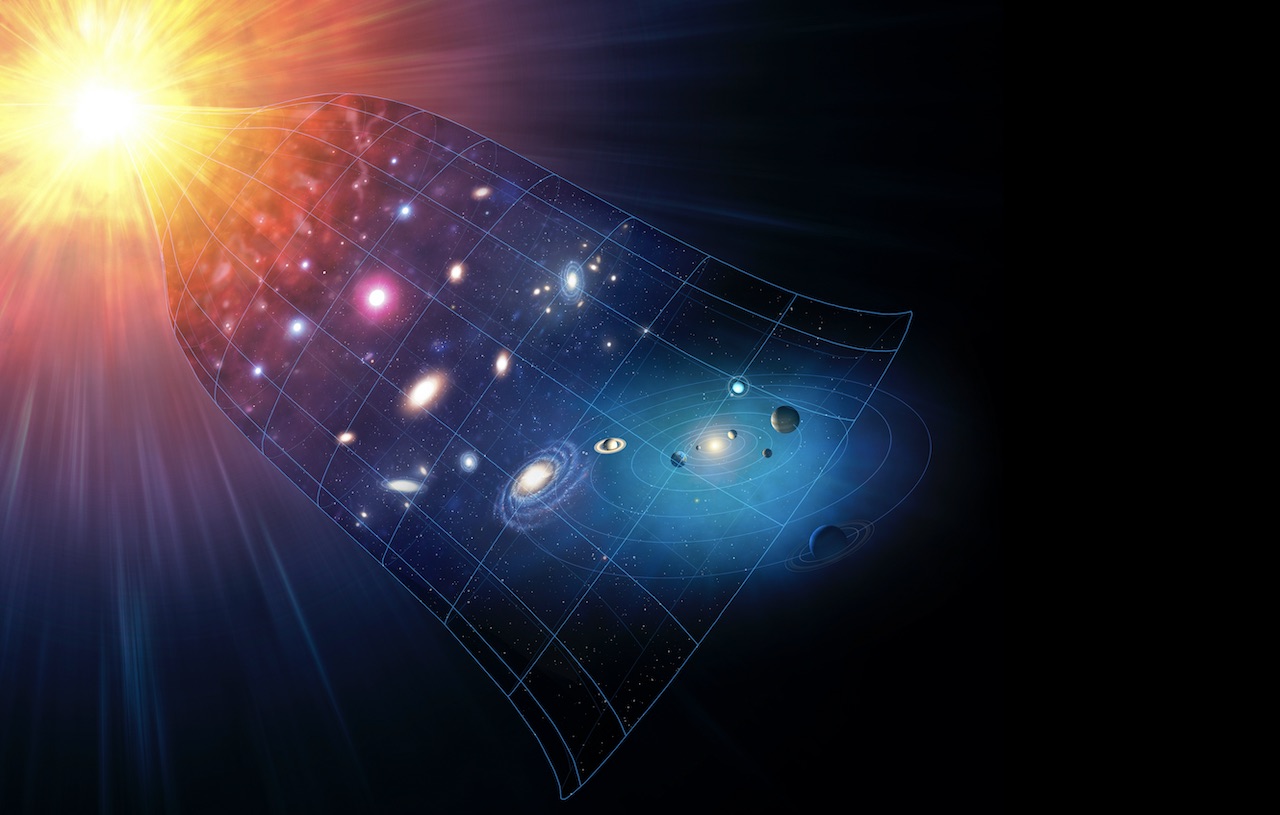
Our expanding universe: Age, history & other facts
By Charles Q. Choi, Ailsa Harvey published
Reference The universe was born with the Big Bang as an unimaginably hot, dense point. SPACE.com offers an overview of the universe and its history, age and structure.
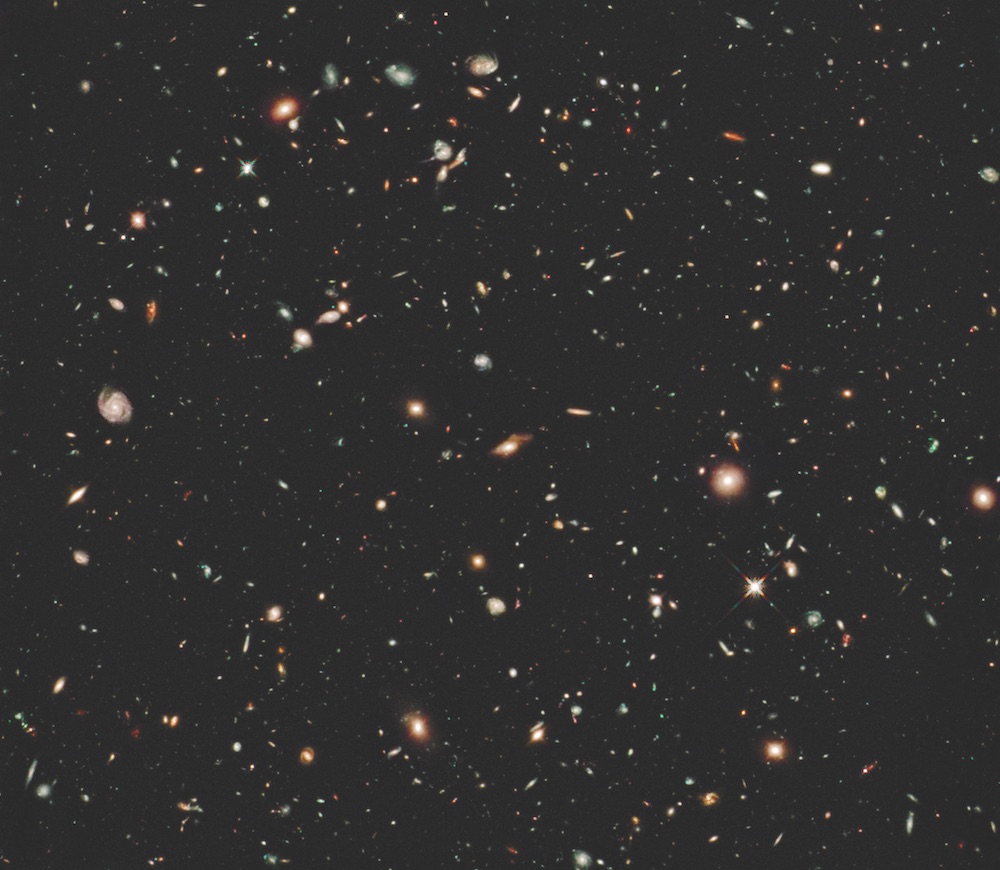
Here's how the universe could end in a 'false vacuum decay'
By Paul Sutter published
The world could end not with a bang, but with a quantum vacuum decay of the ground state of the universe to its true minimum.
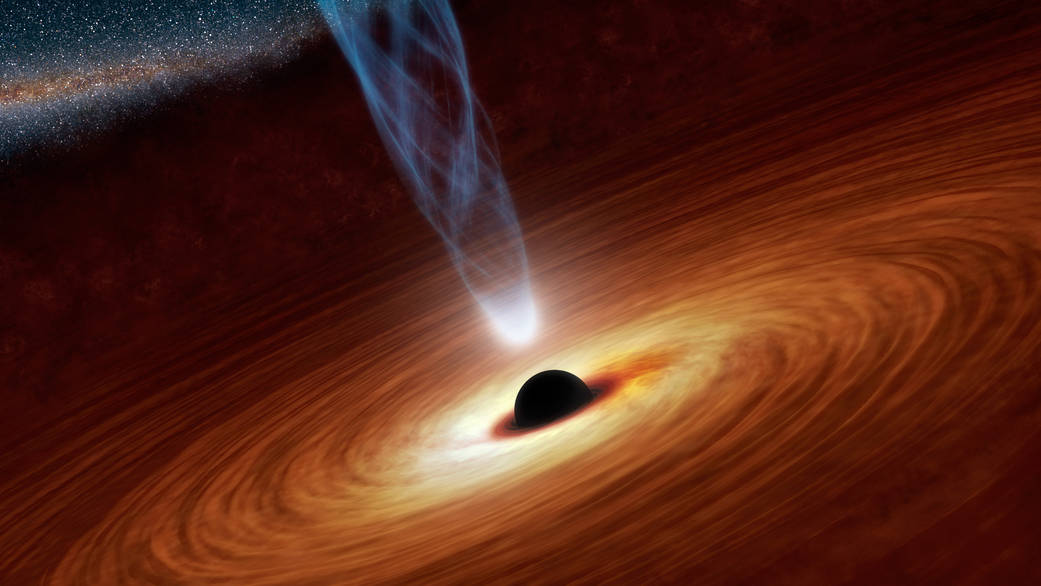
Some supermassive black holes may contain fingerprints from the Big Bang
By Paul Sutter published
The elements around some giant black holes may be subtly different from the cosmic average, retaining a relic memory of the young universe.
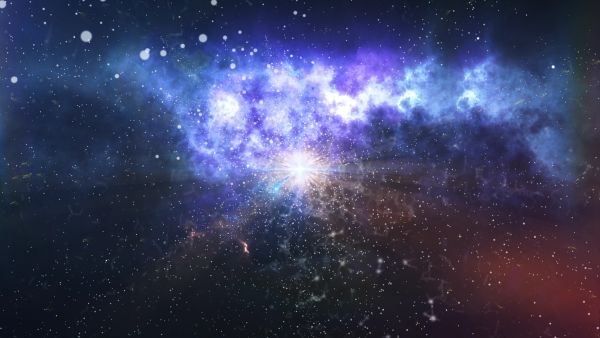
Is dark matter made of 'Fermi balls' forged in the Big Bang?
By Paul Sutter published
A new theory suggests dark matter may have come from quantum bags that got squished together in the early universe.
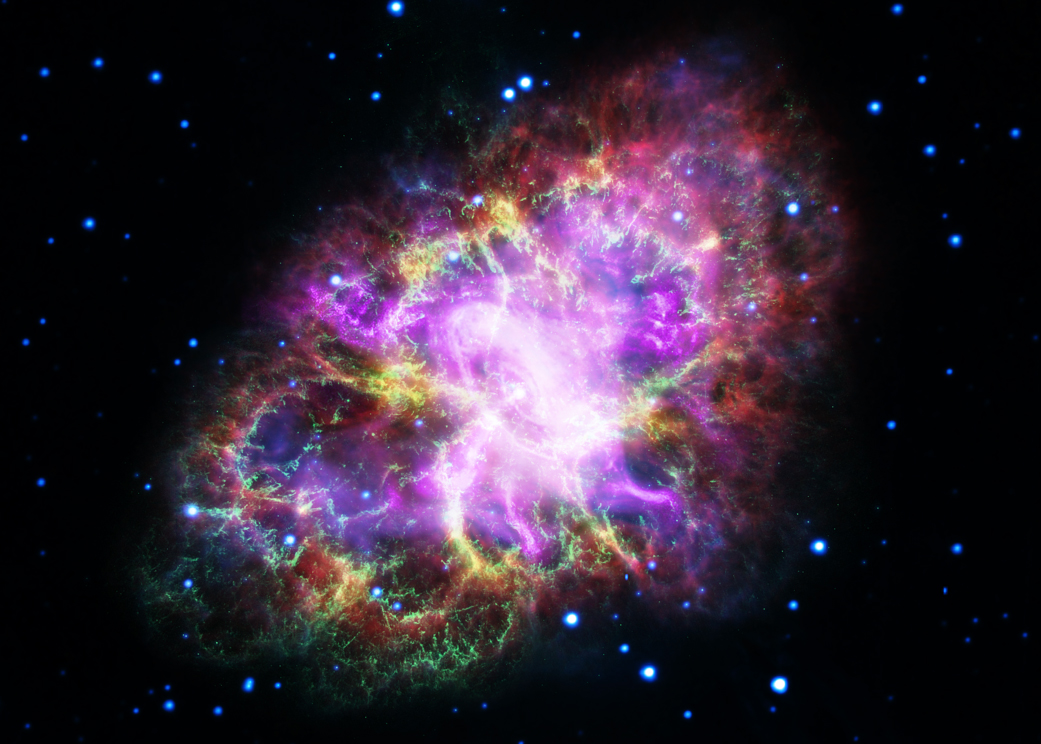
Is there really a 'crisis' in cosmology?
By Paul Sutter published
You may have heard about the "cosmology crisis:" Different methods of measuring the age of the universe are giving different results, and cosmologists have no idea why.
Breaking space news, the latest updates on rocket launches, skywatching events and more!
